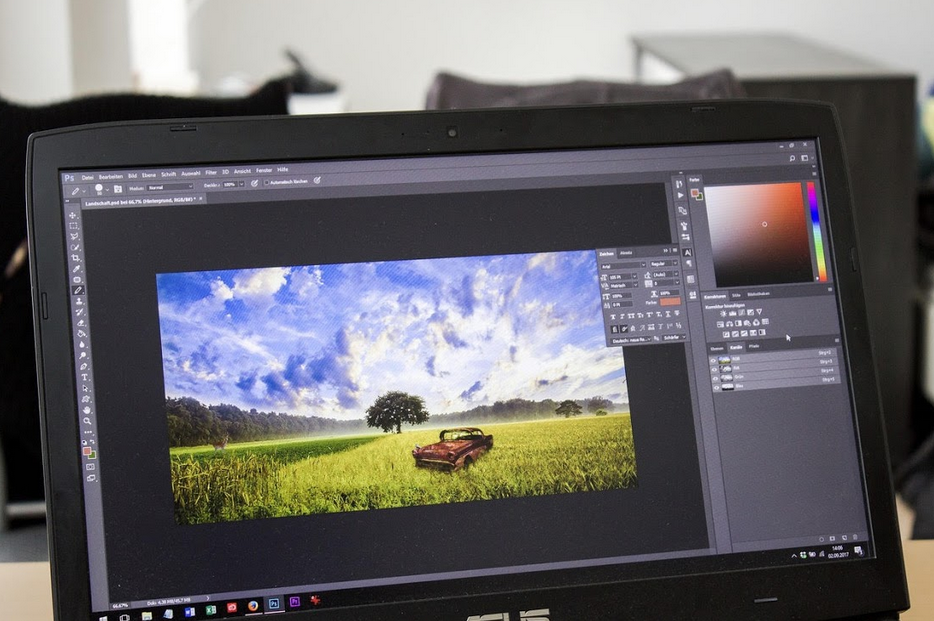Technology has made it easier than ever before to amass a giant digital photo collection. We no longer have to be concerned with whether it is “worth it” to take a picture, thanks to the large storage capacity on our digital devices.
The down side to this is that it’s easy to lose these photos (as devices go missing and storage passwords get lost), and to completely forget what photos you have.
This is why it is crucial to organize your digital photo collection on a regular basis. However, this task can be boring at best, and intimidating and overwhelming at its worst.
Below, I’ve listed my top strategies for getting started on your organizing journey. By following these steps, you will find that the whole process becomes much more straightforward and stress free.

Join our Community of Peaceful Living Wellness Warriors
and receive a special free gift:
Our Top 5 Tips for Peaceful Living
Uncover your “why” behind organizing your photos
Take some time to uncover the motivation behind your desire to organize your digital photo collection. Perhaps you want to be able to send images to friends and family, or view a slideshow together with your nearest and dearest. Or maybe you just want a reliable record of all your pics. There are no wrong answers!
Evaluate your current storage
Where are you currently storing your photos? Make a note of all the different storage locations you are using — include everything from cloud storage locations to old phones at the back of the closet.
Related Post: Scanning and Digitizing Photos: Enjoy Your Pictures to the Fullest
Collect all your devices and equipment, and put them all together
Make sure all your storage locations and devices are accessible and easy to find. Get all the SIM cards, USBs, external drives, mobile devices, tablets, and anything else you might be using to store photos and put them in one place. Ensure that all the charging equipment you need — and any passwords or usernames — are also stored with them.
Why your current digital photo program isn’t working for you
There are many options for storing digital photos, but most of us end up sticking to the ones most familiar to us. For iPhone users, that’s the iCloud, while most users of other mobile devices rely on Google Photos.
But, while these options certainly are convenient, are they really the best ones for you? Take a look at these must-haves for digital phone storage, and make sure that your storage option is up to scratch.
Independent deletion
The whole point of digital image storage is that you can save your photos to a specific location and free up space on your device. Make sure you can easily delete photos from your device without automatically deleting them from storage too.
Related Post: THE SURPRISING BENEFITS OF DIGITAL PHOTO ORGANIZING
Remote access
The beauty of cloud storage is that it exists independently of your device. Via a simple log-in, you should be able to access the photos stored in your image storage solution, regardless of what device you are using. Ensure the storage option you choose is accessible from anywhere with an internet connection.
Easy file management
You need to be able to manage the native files of your photos easily. These are the file names that end in .img, .jpg, or .mp4, as well as other extensions. Sometimes, when you’re organizing your photos within a storage app, you’re only moving them around in the app’s front end — the files themselves aren’t being organized into folders.
This is fine as long as you keep using the app, but what about when you want to change to a different storage provider? Unless you’ve put those native files into folders, your photo organization is going to be a mess! So, make sure you can keep those native files in order.
Live photo capability
Modern devices can capture live photos — short video snippets that bring images to life. Your storage solution should be able to handle these modern image types.
Choosing a photo storage solution is not difficult. You simply need to know what exactly you are looking for. Take a look at our blog on three of the most common storage options and learn more about the pros and cons of each.
Organizing your photos doesn’t have to be overwhelming. Just start with a clear objective, and be diligent in making a note of all your locations. You’ll find that the whole process becomes so much easier.

Alex Brzozowski is a professional organizer and productivity specialist. She started Be because she believes there’s a better way to organizing people’s lives—focusing not only on the home, but specializing in digital and business organizing and productivity, including digital documents, CRM programs, photos, music, email contacts, calendar and more! Her goal is to help her clients free up time to do what they love by bringing order and efficiency to their business, digital life and home.
Alex’s Midwest upbringing and values as well as her schooling at Butler University around “The Butler Way” are the pillars that have built her successful career in San Diego.
As a Paralegal for 5 years, she spent much of her time at a leading San Diego “paperless law firm”. As the “go to” person when it came to keeping case files and documents in order, she created a deep understanding of building systems, tracking and storing highly sensitive and private documents online and off.
Alex founded Be Organizing in November 2012. Shortly thereafter she became a member of the National Association of Professional Organizers (NAPO). She is active in the San Diego Chapter of NAPO and currently serving as the Chapter President. She also is Co-Author of “It’s Not About the Food: Personal Stories and Inspiration from Health Coaches and Wellness Experts to Transform Your Weight Loss Mindset and Lose Weight Without a Diet” where she writes about organizing and it’s relation to weight loss. It’s not just about the food, it’s about so much more!
Here are all the Business Pages:



